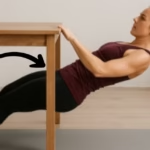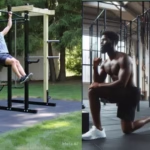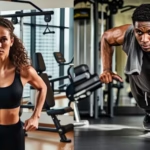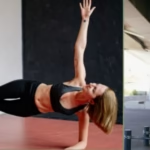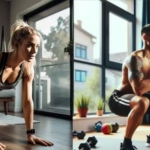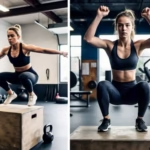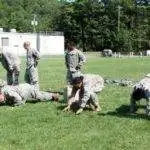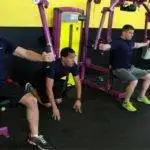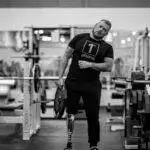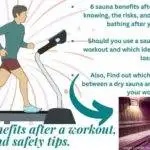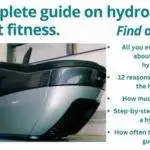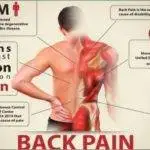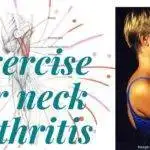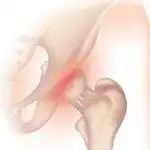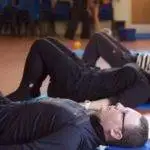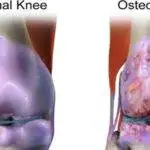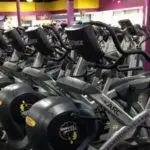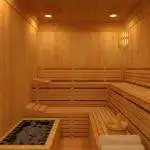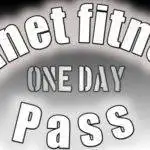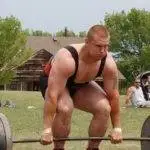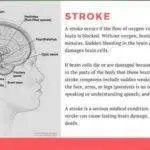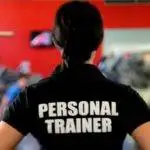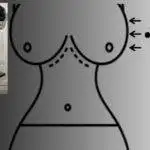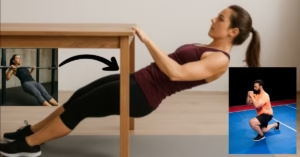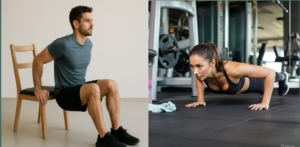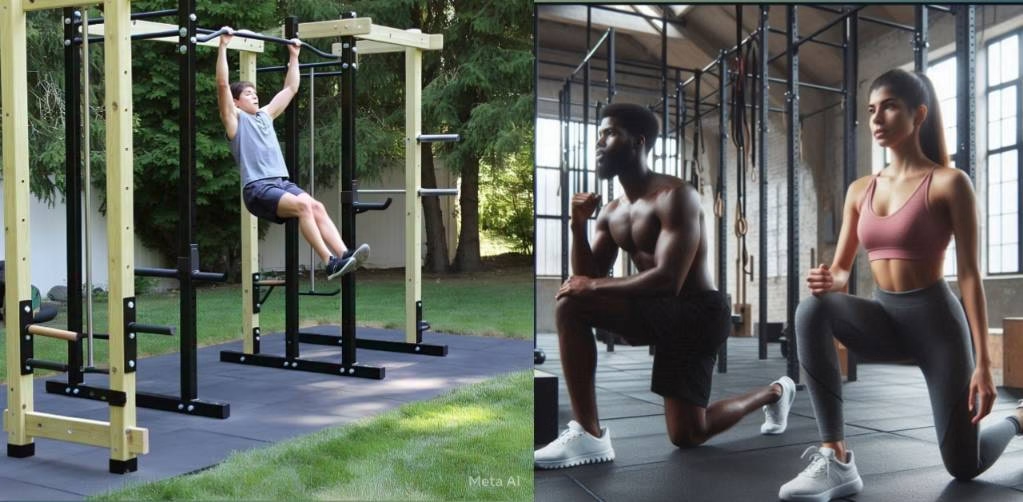
Table of Contents
Calisthenics has emerged as a popular form of exercise in recent years, gaining traction among fitness enthusiasts and athletes. This bodyweight training method leverages the individual’s own weight to build strength, enhance flexibility, and improve overall coordination.
The rising interest in calisthenics can be attributed to its versatility and accessibility. These exercises require minimal tools and equipment, making them suitable for gym settings or even outdoor workout environments.
Calisthenics in the gym can serve as a complementary approach to traditional strength-building methods, such as using free weights as discussed in another article titled Calisthenics vs Weights. This promotes muscle mass development, muscle strength, and endurance, contributing to superior performance.
By diversifying one’s fitness regimen to include bodyweight exercises, athletes can achieve a balanced development of muscle bulk while avoiding potential muscle imbalances that can arise from a singular training focus.
Previously, we have discussed calisthenics leg workout, back workout, and full body workout. In this write-up up we’ll throw some light on calisthenics in the gym for various fitness levels, goals, and interests.
Keep in touch by signing up for our newsletter:
Calisthenics gym workout.
In a gym environment, calisthenics can be elevated to include various tools and equipment, allowing practitioners to enhance their workouts and achieve greater muscle mass and strength. However, one must be careful when combining calisthenics with weight training, as the latter has been associated with a significant risk of injury according to the Strength and Conditioning Journal1 and the Journal of Sports Medicine2.
A structured calisthenics workout routine typically includes a combination of exercises targeting different muscle groups, such as pull-ups, push-ups, dips, and squats, each of which has several effective variations.
Starting with pull-ups, beginners can utilize an assisted pull-up machine to help develop the necessary muscle strength, while those more advanced can perform weighted pull-ups to enhance difficulty and maximize muscle growth.
Push-ups can be modified with variations like incline or decline positions to target different angles of muscle fibers, giving a comprehensive workout for the chest and triceps. Additionally, performing dips on parallel bars not only improves upper body strength but also enhances agility.
Squats, a fundamental exercise for lower body strength, can be performed as bodyweight squats or with free weights to increase resistance, thus promoting muscle bulk and endurance. It is crucial to focus on proper form and technique to prevent injury and ensure optimal performance.
Establishing a workout schedule that allows for recovery is essential for muscle development; typically, practicing calisthenics three to five times per week is effective for balanced fitness and muscle growth.
To support a successful calisthenics regimen, incorporating effective warm-up routines like dynamic stretching can enhance the cardiovascular preparedness the body needs for intense workouts.
Calisthenics in the gym for beginners.
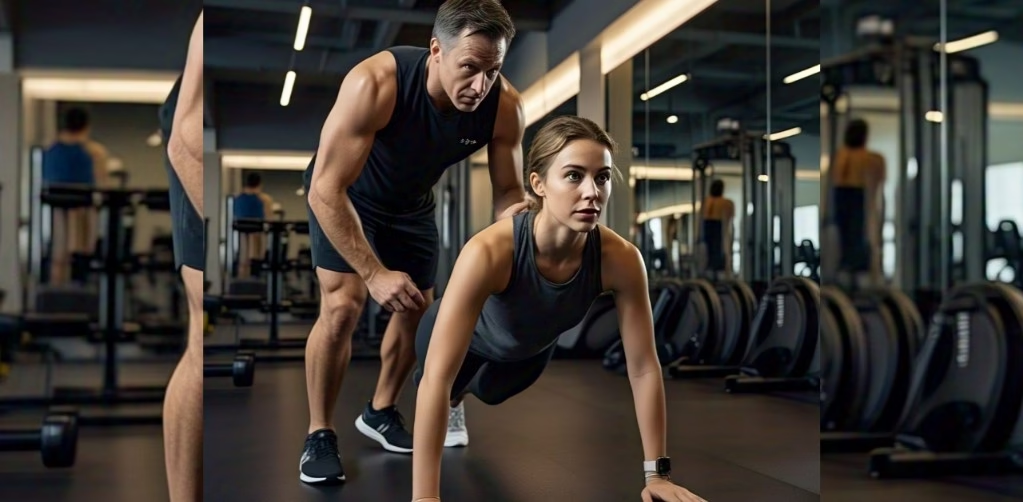
Calisthenics serves as an excellent entry point into fitness, especially for beginners. As you embark on your journey, it is crucial to understand fundamental techniques that ensure safety and effectiveness while building muscle strength and enhancing performance.
Your initial focus should be on mastering bodyweight exercises such as push-ups, squats, and planks. These exercises lay the foundation for more advanced movements and serve to build core stability and overall muscular endurance.
When selecting exercises, consider starting with variations that match your current skill level. For instance, if standard push-ups are too challenging, begin with knee push-ups or incline push-ups.
This gradual progression helps you to effectively improve your level of physical fitness without the risk of injury or overexertion. Furthermore, maintaining proper form is vital as it ensures that you engage the appropriate muscle groups while minimizing the chances of muscle strain or tendon sprain.
An essential aspect of mastering calisthenics is the engagement of your core throughout exercises. A strong core is essential not only for stability but also for improving agility and facilitating more advanced moves such as pull-ups and muscle-ups.
Motivation plays a pivotal role in your calisthenics journey. Consider joining fitness groups, attending classes, or seeking guidance from trainers who can offer insights and strategies tailored to your needs. Surrounding yourself with a like-minded community can significantly enhance your experience and keep you motivated.
As you develop your strength and agility through calisthenics, you are not just working towards aesthetic goals, but also improving your overall cardiovascular health and combating potential age-related issues such as sarcopenia.
Different types of Calisthenics gyms.
Each type of gym presents unique features and benefits that cater to different goals in fitness, such as muscle strength, agility, enhanced body image, weight loss, muscle bulk, and endurance.
Outdoor calisthenics gyms: They typically feature equipment such as monkey bars, parallel bars, and pull-up bars. These setups promote a natural environment for strength building and muscle building while providing fresh air and sunlight, which are beneficial for overall health. Exercising in nature can enhance motivation and create a more enjoyable fitness experience.
Indoor gyms: These offer a controlled environment free from weather-related disruptions. These spaces may include multifunctional equipment like resistance bands, free weights, or even specialized machines that allow for a comprehensive workout. The indoor setting is particularly advantageous during inclement weather.
Backyard calisthenics gym: This is for those with limited indoor space. This type of setup requires minimal equipment, such as a sturdy surface for push-ups and dips. A backyard environment encourages consistency in training and contributes to cardiovascular health.

DIY and portable gyms: They have gained popularity among fitness enthusiasts seeking convenience without sacrificing performance. These setups can be assembled with everyday items or purchased as compact, multi-use equipment.
Portable options allow for flexibility in training locations, thus enabling users to maintain their workout schedules and commitments regardless of their situation.
Ultimately, the best environment for calisthenics practice hinges on the individual’s lifestyle and preferences. Practitioners can tailor their fitness journey by evaluating the different types of gyms available.
References.
- Hejna, William F. M.D.1; Rosenberg, Aaron M.D.1; Buturusis, Duane J.2; Krieger, Anita2. The Prevention of Sports Injuries in High School Students Through Strength Training. National Strength Coaches Association Journal 4(1): :p 28-31, February 1982. ↩︎
- Mazur, L.J., Yetman, R.J. & Risser, W.L. Weight-Training Injuries. Sports Medicine 16, 57–63 (1993). https://doi.org/10.2165/00007256-199316010-00005 ↩︎

